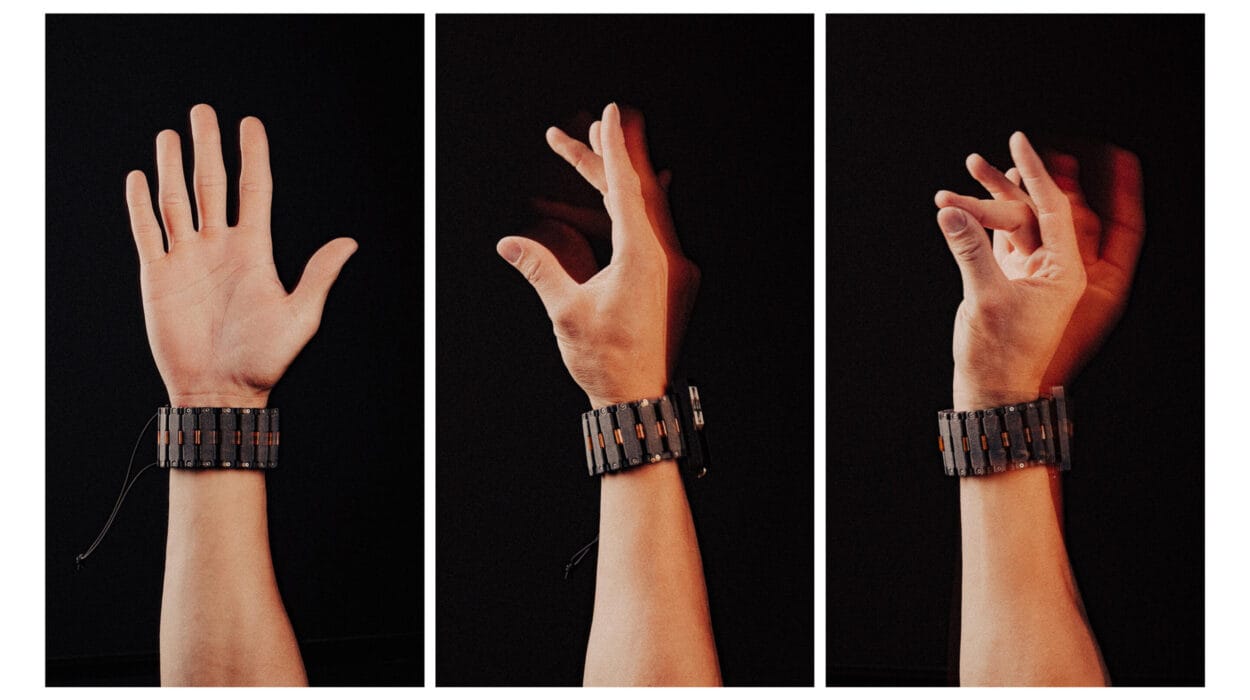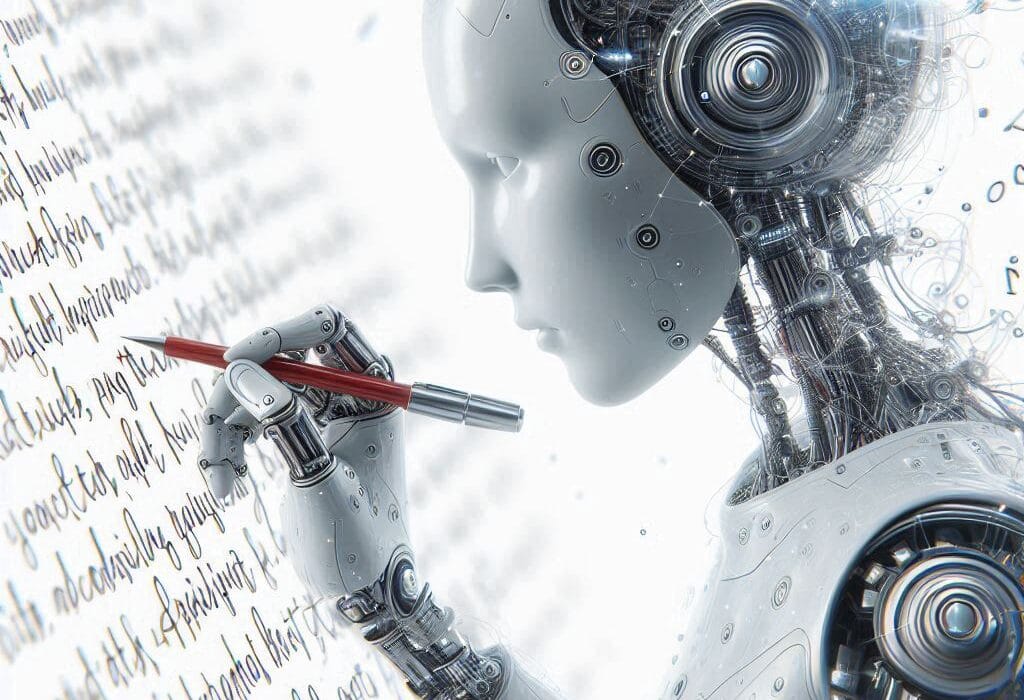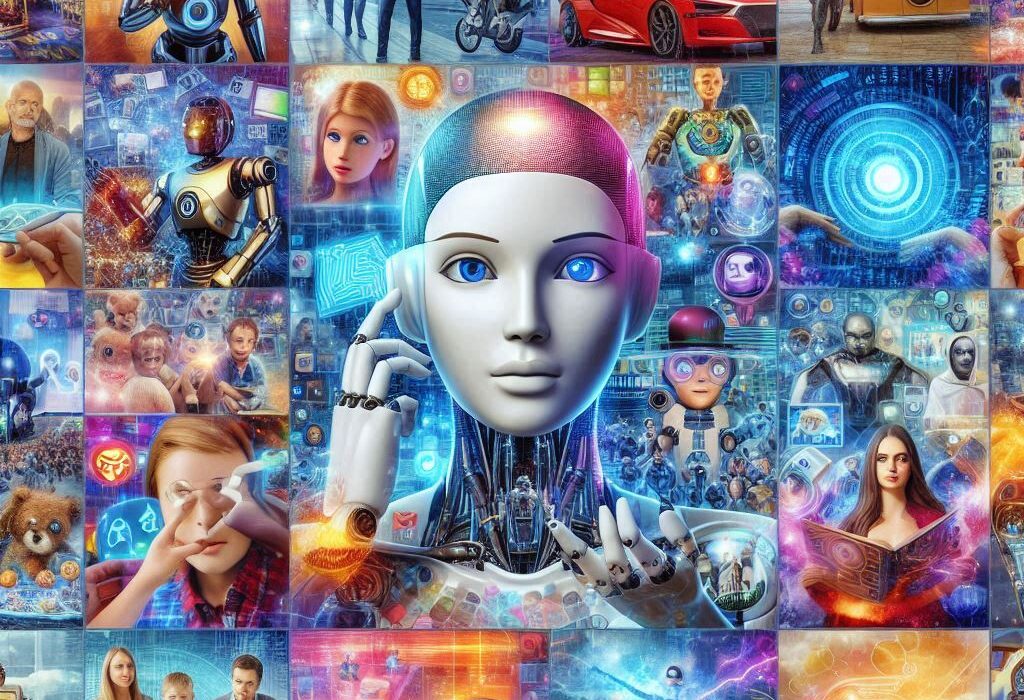Humanoid robots — machines designed to mimic the human body’s form and movement — have long been tested in practical, utilitarian roles. They’ve carried boxes in warehouses, delivered supplies in hospitals, collected samples in dangerous environments, and assisted older adults in daily living. While these functions are invaluable, they share one thing in common: they’re rooted in support and efficiency, not artistic expression.
But what happens when you teach a humanoid to do something inherently human — something creative, emotional, and performative? A research team from the University of Applied Sciences and Arts of Southern Switzerland (SUPSI), IDSIA, and Politecnico di Milano decided to find out. Their creation, Robot Drummer, doesn’t just tap out mechanical beats. It learns to play the drums like a human — with timing, coordination, and even style.
The Spark That Started It All
The idea for Robot Drummer began not in a lab, but over coffee.
“We were discussing how humanoid robots have become increasingly capable at a wide range of tasks, but rarely engage in creative and expressive domains,” recalled Asad Ali Shahid, lead author of the study, in an interview with Tech Xplore. “That raised a fascinating question: what if a humanoid robot could take on a creative role, like performing music? Drumming seemed like a perfect frontier, as it’s rhythmic, physical, and requires rapid coordination across limbs.”
It wasn’t just a whimsical thought. Drumming is an art that blends precision with personality — a space where rigid timing meets spontaneous flourishes. Teaching a robot to master both would require not just mechanical skill, but an ability to adapt in real time to the demands of music.
How a Robot Learns to Keep the Beat
The team’s goal was ambitious: build a machine learning system that could allow a humanoid robot to play full musical tracks — not just isolated beats — with rhythmic skills comparable to a human drummer. The chosen platform was the G1 humanoid robot by Unitree, known for its dexterity and range of motion.
The researchers developed what they call a “rhythmic contact chain” — a precise sequence of drum strikes and timings extracted from a song. This chain tells the robot which drum to hit and when. From there, the robot uses reinforcement learning in simulation, practicing thousands of times to figure out the most efficient and expressive ways to move.
Over time, Robot Drummer didn’t just follow the notes; it started to discover human-like techniques. It learned to cross its arms to reach certain drums, dynamically switch sticks between hands, and even plan its movements ahead to handle rapid tempo changes. These weren’t manually programmed tricks — they emerged naturally as the robot optimized its performance to achieve the highest rhythmic accuracy.
Testing the Robot on Rock, Jazz, and Metal
To see how well their system worked, the researchers put Robot Drummer through a diverse set of musical challenges. The simulated G1 robot tackled well-known songs from different genres, including “In the End” by Linkin Park, “Take Five” by Dave Brubeck, and “Living on a Prayer” by Bon Jovi.
The results were striking. The robot achieved over 90% rhythmic precision in many cases, even when faced with complex time signatures or rapid fills. Just as impressive, it developed intelligent strategies like reassigning sticks mid-song or anticipating upcoming beats — behaviors typically seen in seasoned human drummers.
“These behaviors emerged entirely by optimizing for rhythmic rewards the robot received during training,” Shahid explained. “In the long term, Robot Drummer could pave the way for robotic performers to accompany live bands on stage, and it provides a framework for teaching precise timing skills in domains beyond music.”
A New Stage for Robotics
While it might sound like a novelty act, the implications of Robot Drummer are far-reaching. The entertainment industry could one day integrate humanoid performers into concerts, musicals, or theatrical productions, blending robotics with human artistry. Beyond the stage, the technology could be adapted for training in sports, rehabilitation exercises, or other timing-critical tasks.
The project also challenges a long-standing perception of robots as purely utilitarian tools. By engaging in music — a deeply human form of expression — robots like this could help bridge the emotional gap between humans and machines.
The Road Ahead: From Simulation to the Spotlight
The current version of Robot Drummer exists only in simulation, but the team is already planning its real-world debut.
“Our next step is to bring Robot Drummer into the real world by transferring learned skills to actual hardware,” said Shahid. “We also aim to teach the robot to improvise and adapt its playing style instead of following a fixed drum sheet. For example, we could enable the robot to adjust its timing on the fly based on musical cues — essentially giving it the ability to ‘feel’ and respond to music like a human drummer.”
If successful, this evolution could mark the birth of a new kind of robotic artistry — one where machines don’t just serve us, but share in our creative expressions. And perhaps, in some future concert, we’ll see a humanoid robot keeping perfect time under the stage lights, its sticks dancing over the drums not just with accuracy, but with groove.
More information: Asad Ali Shahid et al, Robot Drummer: Learning Rhythmic Skills for Humanoid Drumming, arXiv (2025). DOI: 10.48550/arxiv.2507.11498






